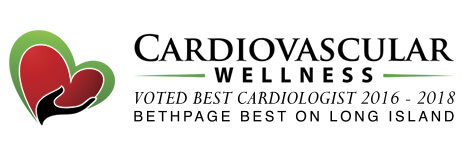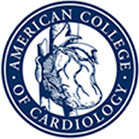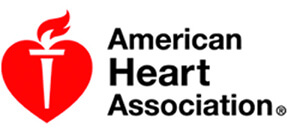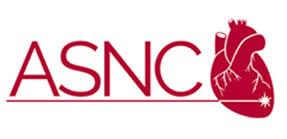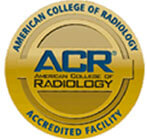Death Rates from Heart Disease Rising
- Posted on: Jul 16 2019
How do I know if I am at risk for developing heart disease?
The number one cause of death in the U.S. is cardiovascular disease, currently accounting for more than 840,000 deaths per year. Cardiovascular disease and heart disease are often used interchangeably but they are not the same thing. Heart disease is a form of cardiovascular disease and accounts for the majority of those deaths, around 630,000 each year.
Research, new treatment methods and public education had succeeded in reducing the death rates for heart disease and a steady decline had been seen for all age groups. While there has not been a marked increase for other ages, the death rates for middle-aged women, especially Caucasian women, from heart disease is on the rise. While the exact reason for this is not totally clear, it may, at least partially, be due to this age group falling through the cracks when it comes to insurance coverage, as well as it being more difficult to recognize symptoms than it does with men.
Heart disease is an umbrella term for several different conditions that affect the function and structure of the heart itself. The most common type of heart disease, and the one that is usually meant when anyone refers to heart disease, is coronary artery disease. This condition occurs as a result of plaque, which is mainly a buildup of fat, calcium and cholesterol along the inner walls of the arteries. Over time, this can accumulate to the point where the artery becomes blocked or “clogged” and affects the supply of blood and oxygen to the heart. Plaque buildup in arteries is also dangerous because of the potential rupture of these plaques is the most common cause of heart attacks.
Heart Disease Risk Factors
While most of what we hear about heart disease tend to be frightening, there is a bright side: healthcare professionals tell us that we have the power to prevent most of it. In fact, it is believed that somewhere in the neighborhood of 80% of all cardiovascular disease can be prevented.
The first step is to know the risk factors that increase the chances of developing heart disease and then take the steps necessary to reduce those risks. Some factors are out of your control, such as age, gender and family history, but others fall into the area of lifestyle choices. Some of those risk factors that increase the likelihood of developing heart disease and that you have the power to change include:
- Smoking
- Blood pressure that is not controlled by medication or lifestyle changes
- High cholesterol, which can be controlled by dietary changes, as well as medication
- Poor diet
- Lack of exercise
- Being overweight
- Diabetes that is not adequately controlled
- Dangerous or persistent levels of stress or anger
- Lack of restful sleep
It is encouraging to know that there are ways to lower the risk of developing heart disease. One thing to keep in mind is that, while you may be relieved to learn that you don’t have all of the risk factors, it matters if you have any of them. It is especially concerning if you have as few as two because they tend to “gang up” and make the risk from each one greater than it was all by itself.
At Cardiovascular Wellness, our mission is to provide outstanding, timely and personalized care to all of our patients. We are committed to improving your quality of life by designing a comprehensive plan of heart care, individualized to your needs.
Information on locations and office hours for Cardiovascular Wellness can be found by clicking here.
Posted in: Heart Disease
